|
Disclaimer: FOR TEST AND EXAMPLE PURPOSES ONLY! These web pages are not intended to be used as a source of information on medicines.
The web pages are not kept up to date and are for demonstration purposes only.
For up-to-date information on a medicine, please consult www.ema.europa.eu/medicines or the package leaflet of your medicine.
|
Show source BACK TO LIST |
Laboratory Report
|
|
|
|||||||||||||||||||||||||
This seems not to be an HL7 Europe Laboratory Report (type coding LOINC 11502-2)
Chemistry
| Test | 04 May 2023 | Reference Range | Unit |
|---|---|---|---|
| Hemoglobin A1c/Hemoglobin.total in Blood | 5.5 | 4.5 - 6.4 | % |
| Glucose [Mass/volume] in Blood | 86.7 | 70 - 140 | mg/dL |
| Urea nitrogen [Mass/volume] in Blood | 10.3 | 7 - 20 | mg/dL |
| Creatinine [Mass/volume] in Blood | 0.7 | 0.6 - 1.1 | mg/dL |
| Calcium [Mass/volume] in Blood | 10.2 | 8.5 - 10.4 | mg/dL |
| Sodium [Moles/volume] in Blood | 136.9 | 135 - 145 | mmol/L |
| Potassium [Moles/volume] in Blood | 4.4 | 3.5 - 5.1 | mmol/L |
| Chloride [Moles/volume] in Blood | 110.7 H | 98 - 108 | mmol/L |
| Carbon dioxide, total [Moles/volume] in Blood | 23.2 | 22 - 29 | mmol/L |
| Cholesterol [Mass/volume] in Serum or Plasma | 159.4 | 125 - 200 | mg/dL |
| Triglyceride [Mass/volume] in Serum or Plasma | 103.7 | 0 - 150 | mg/dL |
| Cholesterol in LDL [Mass/volume] in Serum or Plasma by Direct assay | 79.8 | 0 - 130 | mg/dL |
| Cholesterol in HDL [Mass/volume] in Serum or Plasma | 58.9 | 50 - 100 | mg/dL |
| Microalbumin/Creatinine [Mass Ratio] in Urine | 13.3 | 0 - 30 | mg/g |
Annotation
| Conclusion and Recommendations based on this report and previous findings known to us |
|---|
| All laboratory values are within normal limits except for a mildly elevated chloride, which is likely of limited clinical significance in the absence of other electrolyte disturbances or acid-base imbalance. Renal function, glucose metabolism, and lipid profile are unremarkable. No evidence of diabetes, dyslipidemia, or renal impairment. Overall, results are reassuring from a laboratory perspective. |